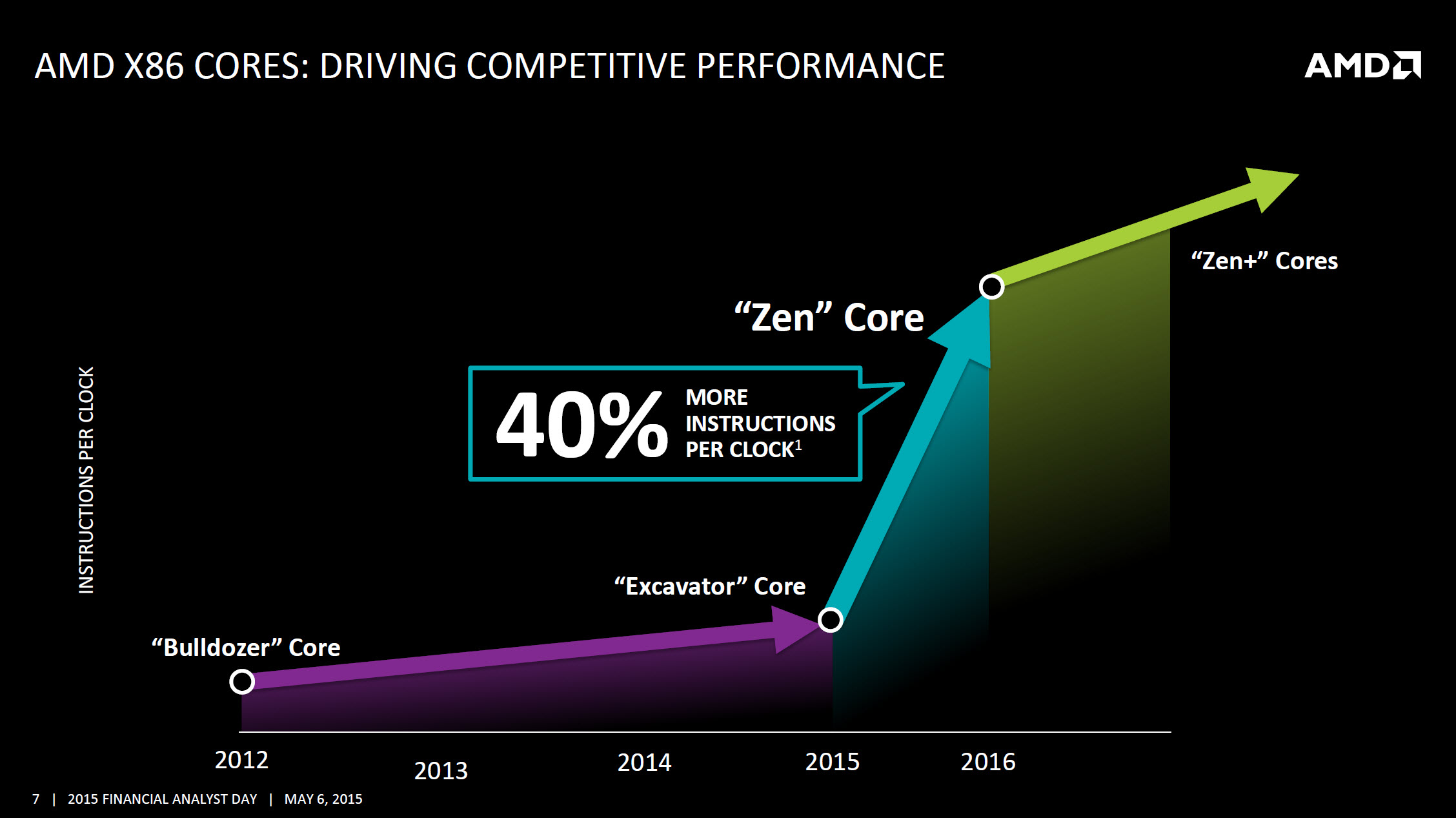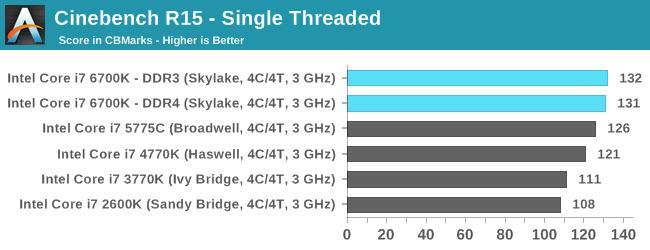cdrkf
Judicious
Inkiad :
Is the IPC claimed for per core? Or it is total die? I think it is the later. So, 6 core Zen has 40% faster ipc than 6 core excavator.
They can also increase ipc just by giving each core a dedicated FPU.
They can also increase ipc just by giving each core a dedicated FPU.
No IPC as a measurement is specific to a single thread. The thing to keep in mind though- whilst 40% single thread IPC increase sounds unrealistic, you have to remember that it isn't enough for them to catch Intel from where they are (although it will get them fairly close hopefully).
They should get better scaling than that going from Piledriver FX -> zen with same 'core' count due to Zen having double the FP units (as you say) and double the front end (full cores not shared) *and* twice the threads thanks to smt (essentially Hyperthreading, although that's an Intel trademark so I'm sure it will get a different name from AMD).
From what we've heard, octacore Zen will likely be slower than latest Intel kit in single thread (but closer) and sit in-between Intels 6 and 8 core extreme edition parts for multi thread performance. That's a much better position than they are in currently.






